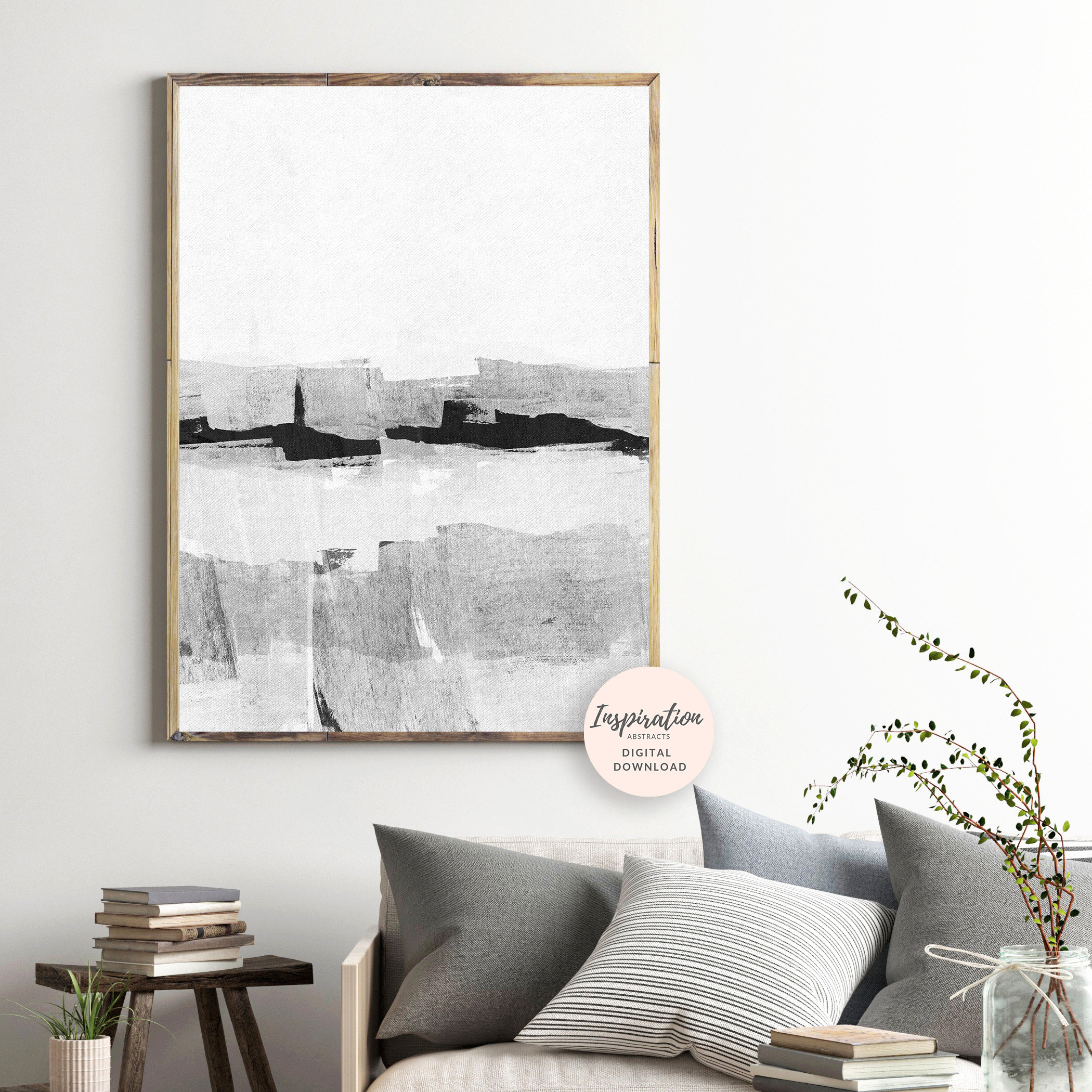

If you’re an art buff, you may recall suprematist artist, Kazimir Malevich and his controversial ‘Black Square’. While artists rejected abstract expressionism, some earlier key figures within the abstract movement still remained influential on minimalist artists. Monochrome - meaning black and white or shades of the same colour - tended to be the palette of choice. These minimalist pioneers would strip images back to their essence, often choosing geometric patterns such as squares and rectangles. Minimalism dates from around the mid-20th century, coming from a new generation of artists tired of what they considered stale abstract expressionism, and who wanted to reflect a different style of reality.
MINIMALIST WALL ART HOW TO
When choosing your next artwork, understanding not only how to incorporate a minimalist piece into your home but where the style sprung from, can take your aesthetic to the next level.

The short answer is: absolutely yes! Trends have been shifting towards neutral palettes - albeit softer hues and textures - but even if that’s not true for your home, a minimalist painting can still be incorporated into your interior. So, as homes became brighter and bolder, so too the style of art we bought.īut is there still room for minimalist art in our homes? Interior styles often swing from one extreme to another and hence, from around mid-2000, favour found its way to vintage, shabby chic, patterned and bright interiors. Minimalist art what does the term evoke for you? In terms of the interior design trend, your mind may flash unfavourably back to the chrome-laden nineties of next-to-no colour, all too neat lines and stark interiors.


 0 kommentar(er)
0 kommentar(er)
